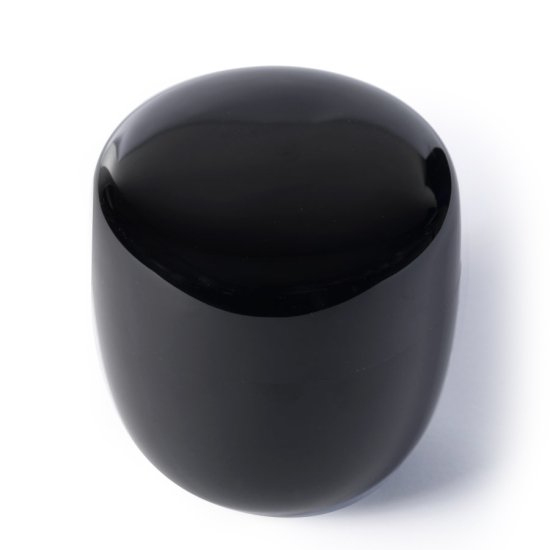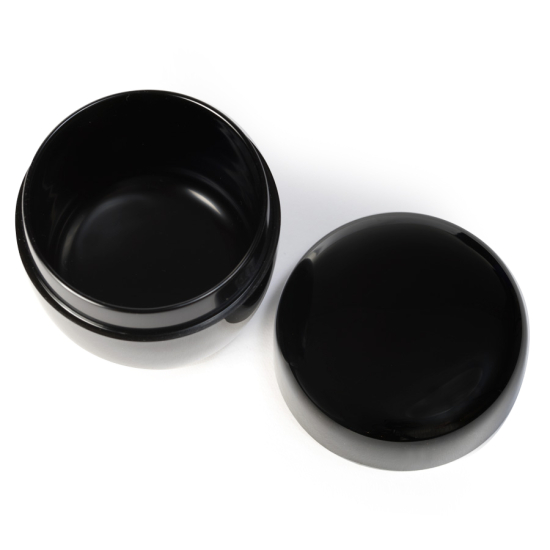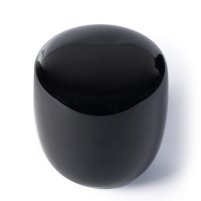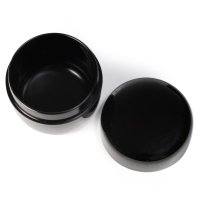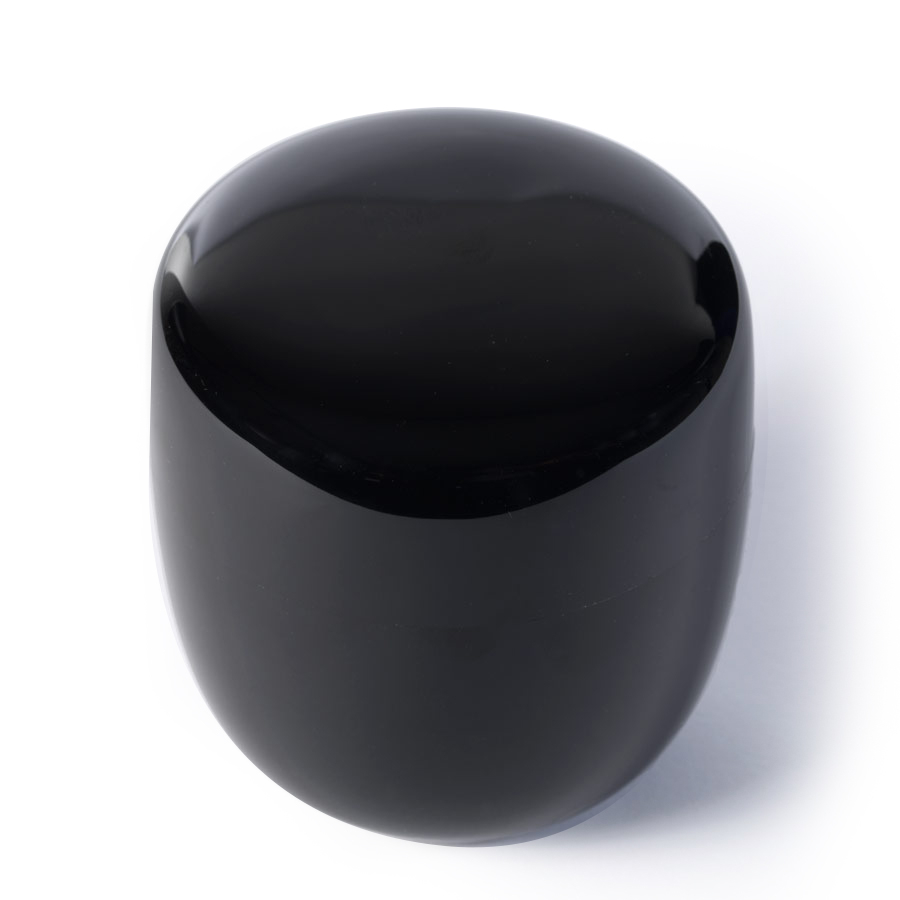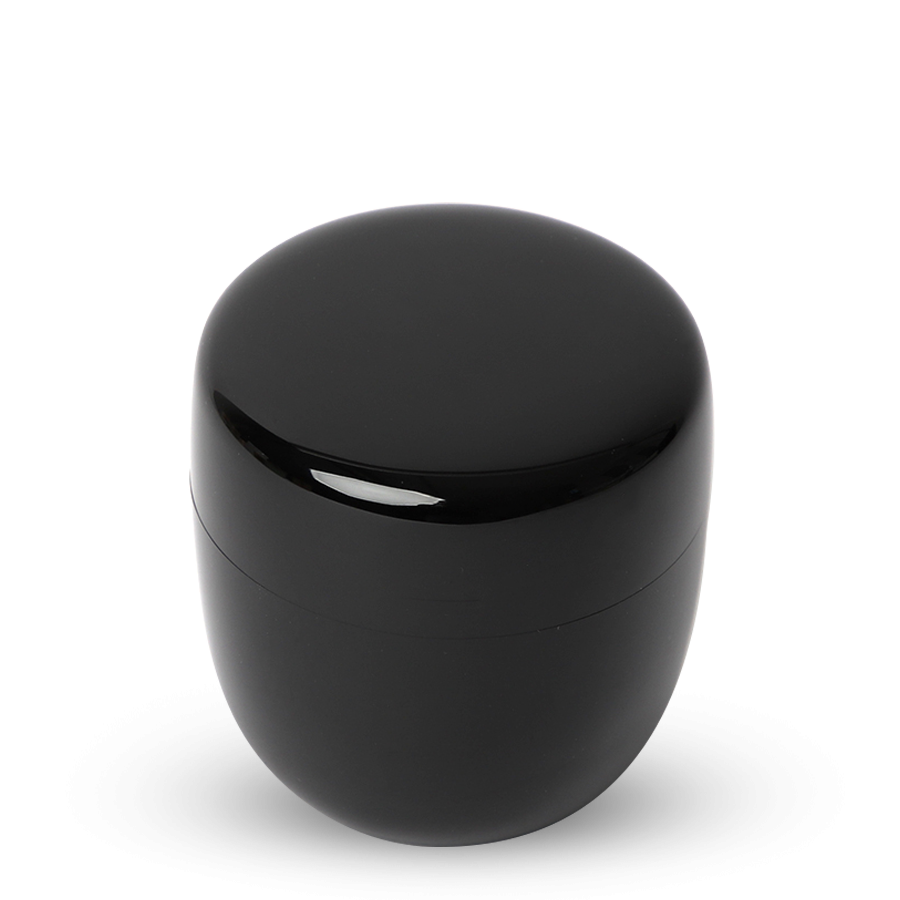Japanese lacquer or urushi is the purified sap of the Asian lacquer tree, which has been used for thousands of years in Japan to coat objects from crockery to furniture and buildings. When dry, lacquer is both heat and water resistant, therefore providing protection and strength to underlying materials, very often wood, but also bamboo, paper and leather. Lacquerware itself can be referred to as urushi as well as shikki 漆器 (literally “urushi vessel”), and with the development of acrylic resin in the last century, objects coated in synthetic lacquers are considered urushi/shikki too. Pure urushi is transparent, while the black and red lacquers most associated with shikki are achieved with the addition of mineral pigments, over which traditional decorative details such as gold maki-e “sprinkled pictures” or raden “shell inlay” can be applied.
Natsume Tennen
Yamanaka
SKU
1029
Yoshi En has recently grown out of Sunday Natural to become an independent premium tea store. As part of this transition, some products may still be shipped in Sunday Natural packaging.
A mesmerising black Urushi Natsume Matcha caddy, masterfully hand-turned and -lacquered in Yamanaka: a heartland of Japanese arts and crafts. Numerous layers of lacquer are applied to the closed Natsume before carefully being cut open in a technique known as Kiri-ai-guchi (切合口), creating an almost seamless closure between the lid and the body.
| Product | Natsume matcha container, black |
| Origin | Yamanaka, Ishikawa, Japan |
| Type | Chu-Natsume (medium size) |
| Dimensions | Ø6.4 x 6.7cm |
| Material | Japanese cherry birch (Betula grossa) |
| Lacquer | Natural Urushi |
| Manufacturing | Rokuro-biki (woodturning) |
| Packaging | Kiribako (桐箱 "paulownia box") |
This item is handmade and unique, therefore colour and dimensions may vary slightly
In stock



